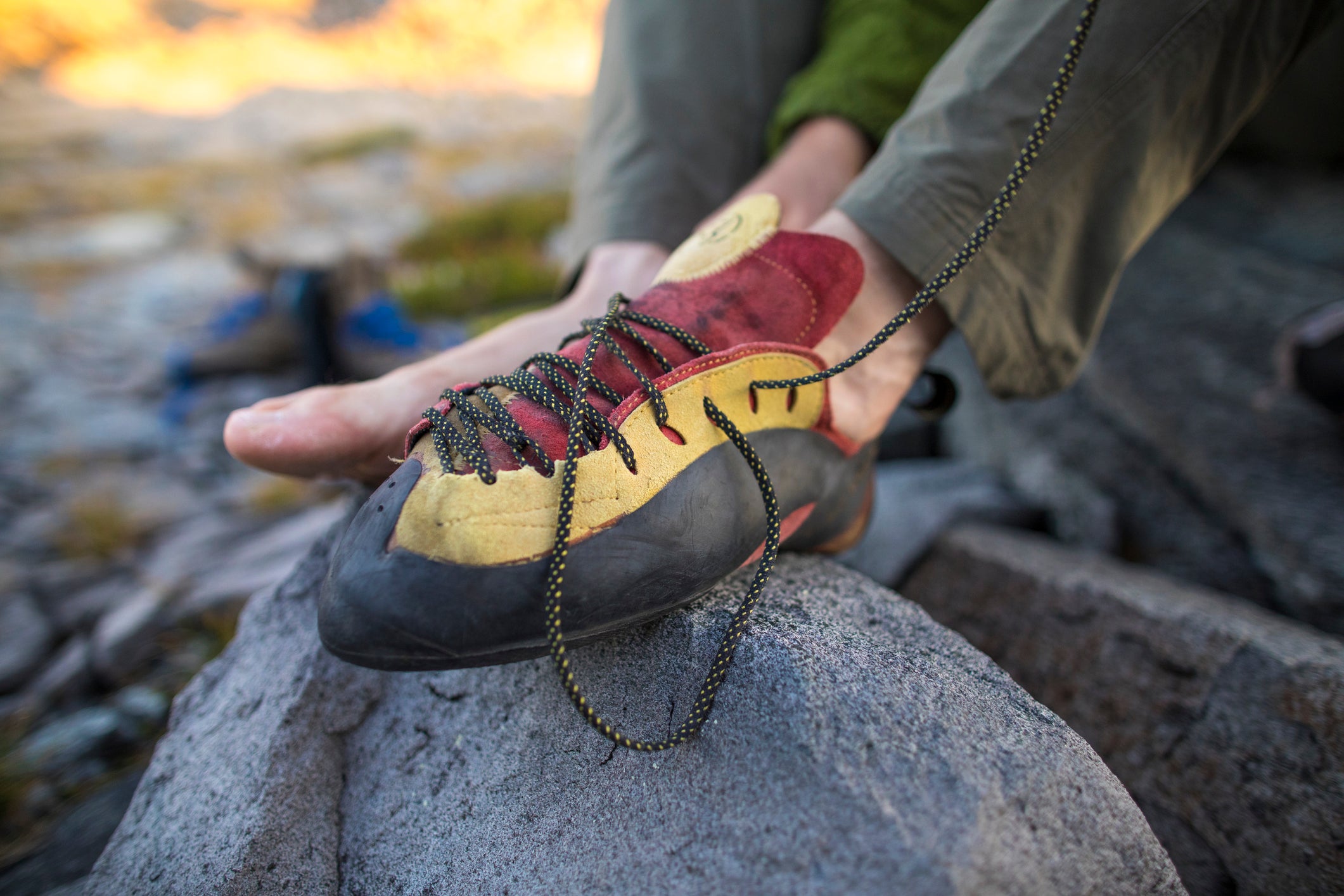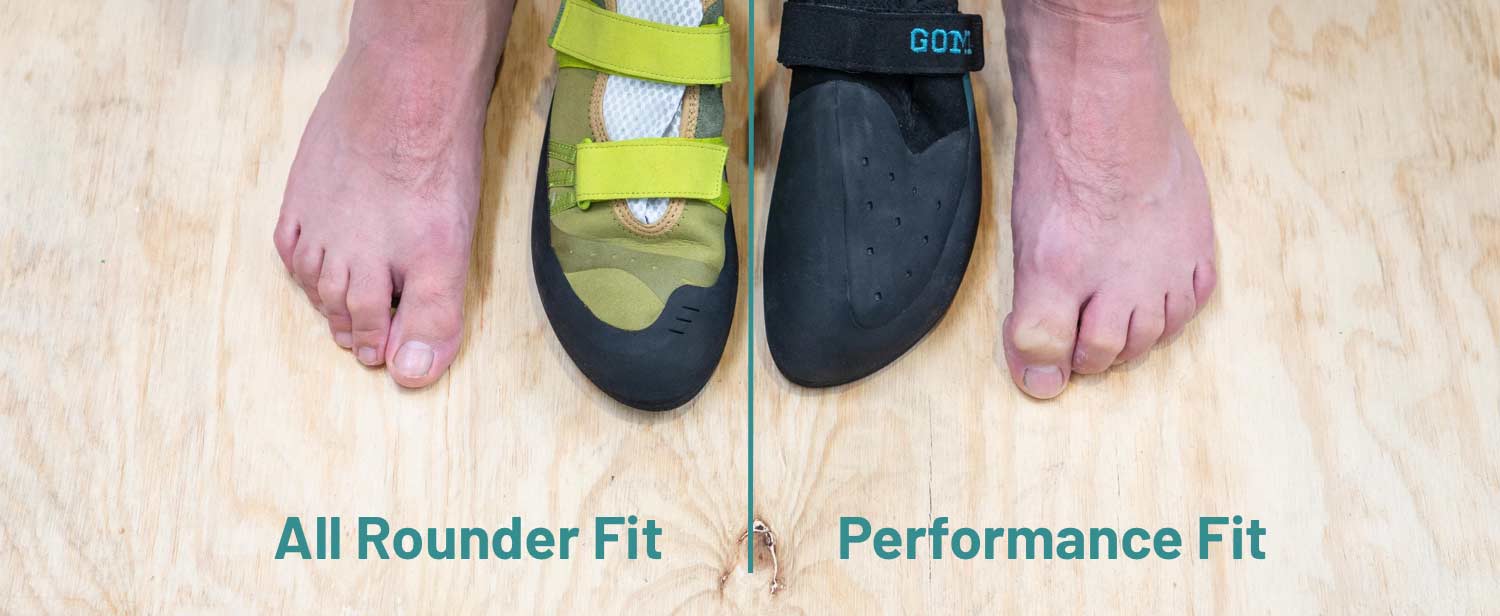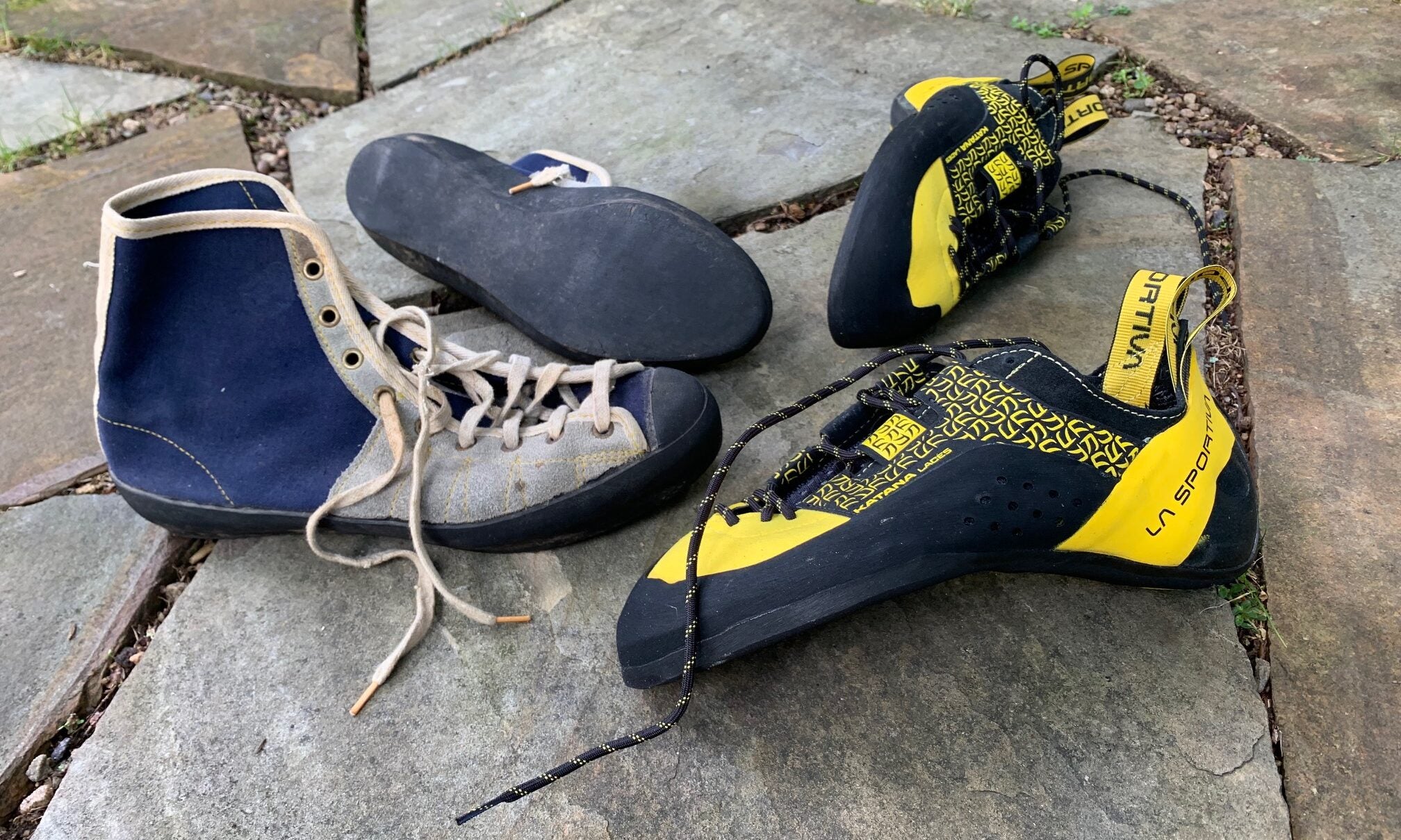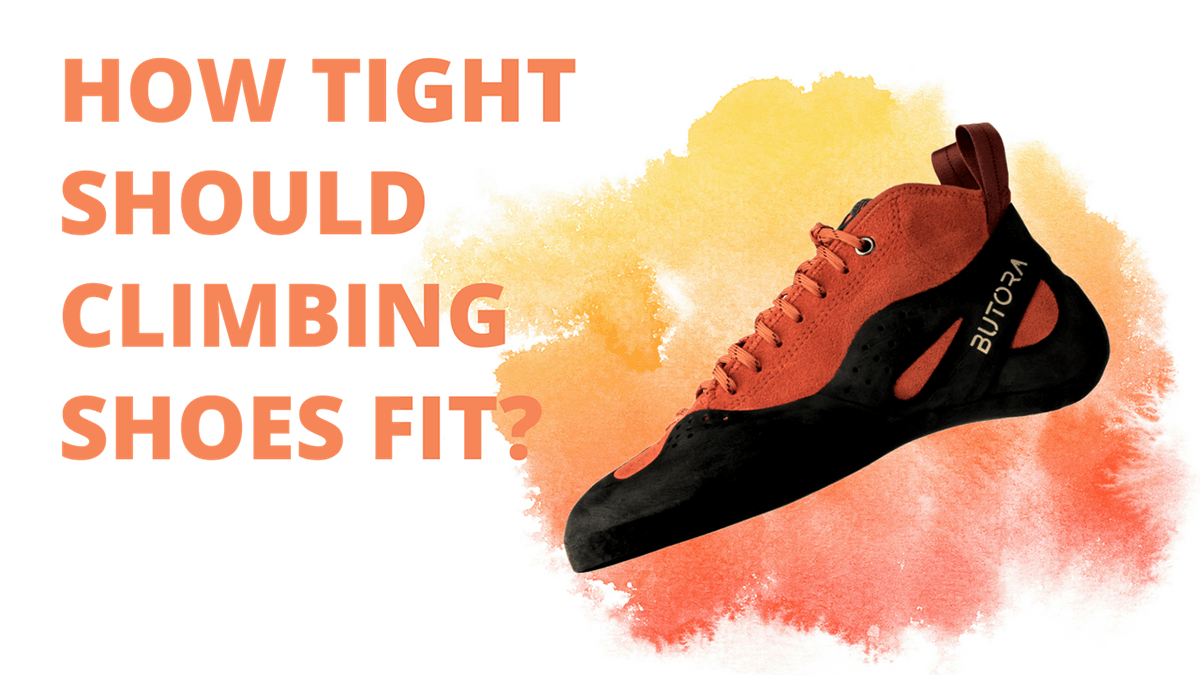Rock climbing is more than just a sport; it’s a community, a way of life, and a unique challenge that attracts countless enthusiasts every year. Whether you’re an experienced climber or just starting out, one question that invariably arises is, “How tight should rock climbing shoes be?” The fit of your climbing shoes can significantly impact your performance, comfort, and overall climbing experience. In this article, we will explore the ideal tightness for rock climbing shoes, how to achieve it, and the key factors to consider when selecting the right pair. We’ll delve into real-world experiences, industry insights, and expert opinions to provide a comprehensive overview on this crucial topic.
Understanding the Importance of Fit in Rock Climbing Shoes
When venturing into the world of rock climbing, understanding the fit of your climbing shoes is paramount. Properly fitted shoes not only enhance your foot’s sensitivity to the rock but also provide essential support and power transmission. A well-fitted shoe can mean the difference between a successful climb and a painful misstep. We will discuss the types of fits and their relevance in various climbing styles.
The Basics of Shoe Fit
Climbing shoes should feel snug, but not painfully tight. Here’s a breakdown of what to expect:

- Snug Fit: The shoes should hug your foot closely, without causing numbness or excessive pressure points.
- Minimal Space: There should be minimal space between your toes and the end of the shoe, allowing for maximum control.
- Comfort: While a tighter fit enhances performance, comfort should not be sacrificed, especially during extended climbs.
Common Fit Issues and Solutions

Even with the right pair of climbing shoes, fit issues can arise. Below are common problems and solutions:
| Common Issue | Description | Solution |
|---|---|---|
| Numb Toes | Feeling tingling or loss of sensation in toes. | Consider going up half a size or choosing a model with a roomier toe box. |
| Heel Slip | Movement in the heel, leading to loss of precision. | Opt for a tighter fit around the heel or try a different closure system. |
| Pressure Points | Painful spots on the foot after wearing shoes for a while. | Break in the shoes gradually and consider padding if necessary. |

How to Determine the Right Tightness for Your Climbing Shoes
Evaluating Foot Shape and Shoe Design

Foot shape is one of the most critical factors in determining how tight your climbing shoes should be. Here are some common foot shapes and associated shoe designs:
- Neutral Feet: People with neutral feet can opt for a moderate fit with shoes designed for comfort and performance.
- High Arches: Look for shoes with a higher volume and adjustable fit to accommodate the arch.
- Wide Feet: Wide-fit climbing shoes are available that offer extra room without compromising performance.

Breaking in Your Climbing Shoes
New climbing shoes may feel overly tight at first. Therefore, breaking them in properly is essential to finding the right fit. Here’s how:

- Start Slow: Wear your new shoes for short sessions around the house or during easy climbs.
- Gradual Increase: Gradually increase the duration of wear as you get more comfortable.
- Check Fit Regularly: As they break in, reassess the fit to ensure they still provide adequate support.
Comparing the Most Popular Rock Climbing Shoe Brands

In the U.S. market, several brands dominate the climbing shoe category. Below is a comparison table highlighting some of the best models based on user reviews and industry ratings.
| Brand | Model | Fit Type | Price | User Rating |
|---|---|---|---|---|
| La Sportiva | Theory | Aggressive | $205 | 4.8/5 |
| Scarpa | Drago | Moderate | $179 | 4.6/5 |
| Five Ten | Anasazi | Neutral | $159 | 4.7/5 |
| Black Diamond | Momentum | Comfort | $99 | 4.5/5 |

Real-World Experiences: Climbers Share Their Insights
To provide further insight into the question of how tight climbing shoes should be, we spoke with seasoned climbers who shared their personal experiences.
Case Study: Sarah, a Bouldering Enthusiast
Sarah, who has been bouldering for over five years, emphasizes the importance of fit. “I started with a pair of shoes that were too tight, thinking it would help my performance. Instead, I ended up with blisters and a sore foot. I realized that a snug but comfortable fit was crucial.” Sarah recommends trying on multiple sizes and styles before making a purchase.
Case Study: Jason, a Trad Climber
Jason prefers a moderate fit for his trad climbing excursions. “I often spend hours on the wall, so comfort is key. I opted for a pair of shoes that provide a tight feel without compromising blood flow. It allows me to focus on my climb rather than my shoes.” His mantra? Always prioritize comfort during long climbs.
Expert Tips for Choosing the Right Fit
1. Measure Your Feet
Before you shop for climbing shoes, it’s essential to measure your feet accurately. Use a ruler or measuring tape, and refer to sizing charts from various brands to find your perfect fit.
2. Try Before You Buy
If possible, go to a specialized climbing store to try on a variety of brands and styles. Don’t hesitate to ask for assistance from store staff, as they can provide valuable insights and suggestions based on your climbing style.
3. Consider the Closure System
The type of closure in your climbing shoes can also affect fit. Here are the common types:
- Velcro: Quick to put on and take off, great for sport climbing.
- Laces: Provide a custom fit but take longer to adjust.
- Slippers: Offer a sock-like fit, perfect for bouldering.
Pros and Cons of Tight-Fitting Climbing Shoes
Pros
- Enhanced precision and sensitivity on small footholds.
- Improved power transfer when pushing off the wall.
- Better fit for performance-oriented climbing.
Cons
- Potential discomfort during long climbs.
- Risk of blisters or sores if too tight.
- May feel stifling for beginners.
Frequently Asked Questions (FAQs)
1. How much tighter should climbing shoes be compared to regular shoes?
Climbing shoes should generally be 1-2 sizes smaller than your street shoes for a snug fit.
2. Is it normal for my toes to touch the front of climbing shoes?
Yes, it’s normal for toes to touch the end, but they should not be cramped or curled excessively.
3. How do I know if my climbing shoes are too tight?
If you experience numbness, intense pain, or severe discomfort, your shoes may be too tight.
4. Can I wear my climbing shoes for all types of climbing?
While you can, it’s best to have different shoes for different climbs; aggressive shoes for sport climbing and more comfortable ones for trad or multi-pitch.
5. How long does it take to break in climbing shoes?
Breaking in can take anywhere from a few days to weeks, depending on the material of the shoe.
6. Should I size down for synthetic shoes?
Generally, synthetic shoes stretch less than leather shoes, so you may not need to size down as much.
7. What are the signs that I need a new pair of climbing shoes?
Look for visible wear, loss of support, or if your performance starts to decline due to lack of grip.
8. Can I stretch my climbing shoes if they’re too tight?
Some climbing shoes can be stretched slightly. Consult with a professional or consider taking them to a cobbler.
9. How do I care for my climbing shoes?
Ensure proper cleaning by wiping down after use, and avoid excessive exposure to moisture and heat.
10. Can I wear socks with climbing shoes?
Most climbers prefer not to wear socks as they can reduce sensitivity and fit, but it’s a personal preference.
11. What’s the best way to store climbing shoes?
Store them in a cool, dry place away from direct sunlight to maintain their shape and materials.
In conclusion, the question of how tight rock climbing shoes should be is multi-faceted, intertwining factors like comfort, performance, foot shape, and personal preference. Finding the right fit is crucial for both enjoying the sport and performing at your best. Always remember to trust your instincts, try various models, and consider your unique climbing style when choosing your next climbing shoes. Happy climbing!
For more expert advice and product recommendations, consider checking out Climbing Magazine.